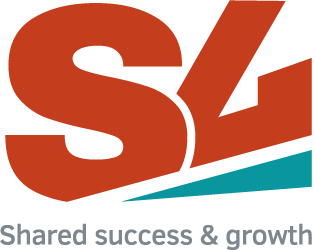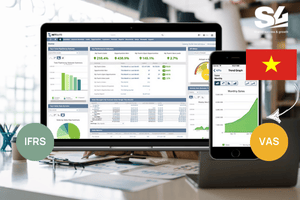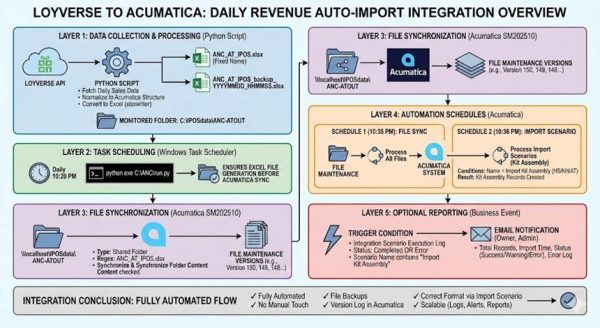
NetSuite Localization for Vietnam: What You Need to Know for Success
NetSuite Localization for Vietnam is essential for businesses looking to comply with Vietnam Accounting Standards (VAS) while leveraging the power of cloud ERP. This article explores key localization requirements, gaps in standard NetSuite functionality, and best practices for achieving financial compliance.

Understanding Vietnam Accounting Standards (VAS)
Vietnamese Accounting Standards (VAS) are the official accounting regulations issued by the Ministry of Finance in Vietnam. These standards govern financial reporting for businesses operating in the country and are closely aligned with Vietnamese tax laws. Key characteristics of VAS include:
Limited flexibility: Unlike International Financial Reporting Standards (IFRS), VAS allows minimal adjustments for financial management purposes.
Strict regulatory compliance: VAS mandates detailed financial reports that adhere to government reporting templates.
Emphasis on statutory reporting: Companies must submit Balance Sheets, Profit & Loss Statements, and other financial reports per Circular 200 (TT200) issued by the Ministry of Finance.
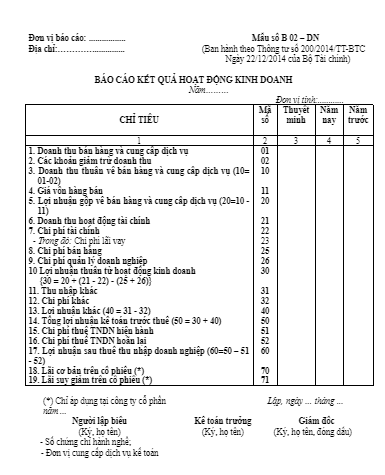
Key Differences Between VAS and IFRS
VAS (Vietnamese Accounting Standards) is the accounting system issued by the Vietnamese Ministry of Finance, based on international standards (IAS/IFRS) but modified to align with local regulatory and economic conditions. Meanwhile, IFRS (International Financial Reporting Standards) is a globally accepted financial reporting framework widely used by multinational corporations and publicly listed companies.
Key differences between VAS and IFRS arise from:
- Not all IFRS standards are applied in Vietnam, and some are significantly modified to comply with Vietnamese regulations.
- Accounting principle approaches: IFRS follows a principle-based approach, emphasizing economic substance over form, whereas VAS follows detailed regulatory guidance issued by the Ministry of Finance.
- VAS is not updated frequently, whereas IFRS undergoes continuous updates to reflect global business environment changes.
- Not all IFRS standards are applied in Vietnam, and some are significantly modified to comply with Vietnamese regulations.
Below is more detail about Differences:
a) Financial Reporting and Chart of Accounts
| Criteria | IFRS | VAS |
|---|---|---|
| Financial Statement Components | 5 components: Balance Sheet, Statement of Comprehensive Income, Cash Flow Statement, Statement of Changes in Equity, and Notes to Financial Statements. | 4 components: Balance Sheet, Income Statement, Cash Flow Statement, and Notes to Financial Statements (does not require a Statement of Changes in Equity). |
| Chart of Accounts (COA) | No mandatory account structure; companies can design their own COA. | Must use the standard COA issued by the Ministry of Finance under Circular 200 or Circular 133. |
| Reporting Currency | Companies can use any functional currency based on economic conditions. | Default currency is VND. Foreign currency transactions must be converted into VND for statutory reporting. |
b. Fixed Assets and Investment Property Recognition
| Criteria | IFRS | VAS |
|---|---|---|
| Fixed Asset Recognition | Recognized if the company controls the asset and expects future economic benefits, with no minimum value threshold. | Recognized only if the initial cost is at least VND 30 million. If lower, it is treated as a long-term prepaid expense. |
| Asset Valuation | Companies can choose between historical cost or fair value measurement. | Only the historical cost model is allowed; fair value revaluation is not permitted. |
| Investment Property | Measured at cost or fair value under IAS 40. | Must be measured at historical cost; fair value measurement is not allowed. |
c) Financial Instruments and Fair Value Measurement
| Criteria | IFRS | VAS |
|---|---|---|
| Financial Instrument Recognition | IFRS 9 requires initial recognition at fair value, followed by classification based on measurement models. | No equivalent standard. VAS mainly follows historical cost and does not require fair value adjustments. |
| Derivative Financial Instruments | Recognized at fair value, with changes recorded in profit/loss or other comprehensive income. | Typically not recorded in financial statements or only recorded at historical cost. |
d) Revenue Recognition
| Criteria | IFRS | VAS |
|---|---|---|
| Revenue Recognition Approach | IFRS 15 applies a five-step model to recognize revenue based on performance obligations. | Generally follows IAS 18 (which was replaced by IFRS 15) but modified under Vietnamese Ministry of Finance guidance. |
| Over-Time Revenue Recognition | If control is transferred over time, revenue is recognized accordingly. | Revenue is recognized only when ownership is transferred or payment is received, except for certain exceptions. |
e) Tax Accounting and Provisions
| Criteria | IFRS | VAS |
|---|---|---|
| Corporate Income Tax (CIT) | Requires deferred tax accounting for temporary differences between accounting and tax values. | Deferred tax accounting is not required. |
| Asset Impairment Provisions | IFRS requires impairment to be assessed based on recoverable amount. | Provisions are made only when specific evidence is available under Ministry of Finance regulations. |
f) Business Consolidation
| Criteria | IFRS | VAS |
|---|---|---|
| Control Definition | Control is based on actual controlling power, not just ownership percentage. | Control is mainly based on owning more than 50% of voting rights. |
| Goodwill Accounting | Not amortized but must undergo annual impairment testing. | Amortized over up to 10 years, with no detailed impairment guidance. |
Key Requirements for a NetSuite Localization for Vietnam
A successful NetSuite Localization for Vietnam must ensure full compliance with Vietnamese Accounting Standards (VAS), as mandated by the Ministry of Finance. This includes adhering to VAS-specific Chart of Accounts (COA), financial reporting formats (such as Balance Sheet and Income Statement), and regulatory requirements for Value-Added Tax (VAT), Corporate Income Tax (CIT), and e-invoicing. Additionally, businesses operating in Vietnam must follow VAS principles for fixed asset depreciation, revenue recognition, and financial instrument classification, which may differ significantly from IFRS. To meet these requirements, the NetSuite system must be customized to handle VAS reporting formats, tax compliance, and localized financial processes, ensuring accuracy and legal compliance in financial reporting.
- Customized Chart of Accounts (COA): Pre-configured to align with VAS regulations.
- Tax Localization:
- Automatic VAT calculation based on Vietnam’s tax structure.
- Built-in VAT reports formatted per government templates.
- Statutory Financial Reports:
- TT200-compliant Balance Sheet and Profit & Loss Statement.
- Automated mapping of NetSuite transactions to VAS-required formats.
- Comprehensive list of reports, including:
- Balance Sheet (Bảng Cân Đối Kế Toán)
- Income Statement (Báo Cáo Kết Quả Hoạt Động Kinh Doanh)
- Cash Flow Statement (Báo Cáo Lưu Chuyển Tiền Tệ)
- Trial Balance (Bảng Cân Đối Phát Sinh)
- General Ledger (Sổ Chi Tiết Tài Khoản)
- General Journal (Sổ Nhật Ký Chung)
- Accounts Receivable Detail Report (Sổ Chi Tiết Công Nợ Phải Thu)
- Accounts Receivable Summary Report (Sổ Tổng Hợp Công Nợ Phải Thu)
- Accounts Payable Detail Report (Sổ Chi Tiết Công Nợ Phải Trả)
- Accounts Payable Summary Report (Sổ Tổng Hợp Công Nợ Phải Trả)
- Sales Invoice & Transaction Report (Bảng Kê Hóa Đơn, Chứng Từ Hàng Hoá, Dịch Vụ Bán Ra)
- Purchase Invoice & Transaction Report (Bảng Kê Hóa Đơn, Chứng Từ Hàng Hoá, Dịch Vụ Mua Vào)
- Multi-book Accounting Integration:
- Parallel ledger setup for VAS and IFRS reporting.
Two Approaches to develop the NetSuite Localization for Vietnam
Companies implementing NetSuite for Vietnam typically choose one of the following approaches to generate compliant financial reports:
Approach A: Using NetSuite Report Builder
Advantages:
- Drill-down capabilities: Users can navigate from summary to detailed transaction data.
- User-friendly customization: Financial reports can be adjusted as needed.
- Supports both management and statutory reporting: The same reports can serve internal management needs and government compliance.
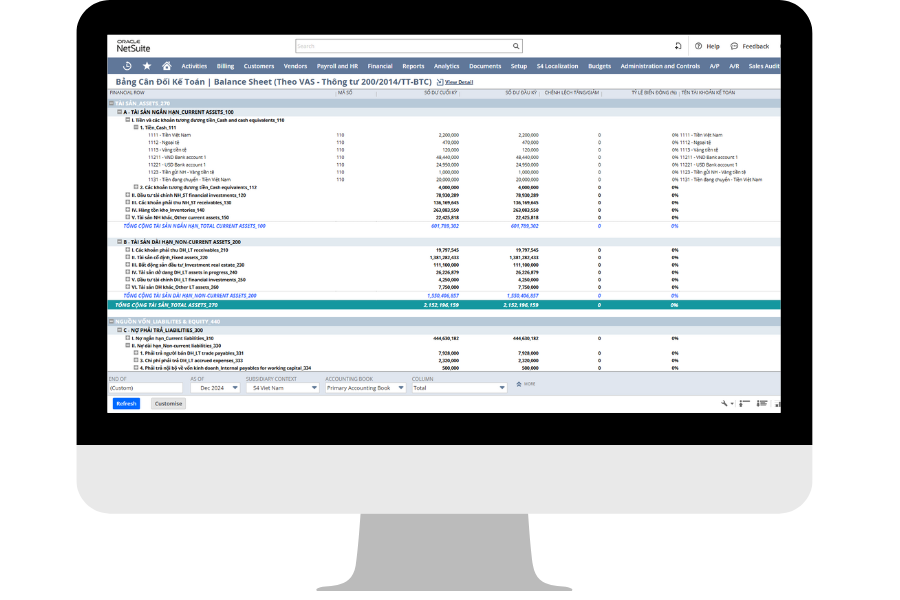
Disadvantages:
- Format limitations: Reports generated in NetSuite do not fully match TT200 templates.
- Post-processing required: Users may need to export reports to Excel for final adjustments before submission.
Approach B: Using Suitelet-Based Custom Reports
Advantages:
- Exact compliance with TT200 templates: Reports are formatted to match government requirements precisely.
- Ready-to-submit reports: No need for additional formatting in Excel.
Disadvantages:
- Less flexible: Hard-coded templates make it difficult to modify report structures.
- Limited drill-down functionality: Users cannot interactively explore transaction details.
Key Factors for Success in NetSuite Localization for Vietnam
Successfully implementing a NetSuite localization bundle in Vietnam requires a deep understanding of both VAS and IFRS. Key factors to ensure success include:
Expert Consultation: A consultant must have expertise in both VAS and IFRS to bridge the gap between regional accounting practices and international standards.
Bilingual Proficiency: Consultants fluent in both Vietnamese and English can effectively communicate between local accountants and regional finance teams, particularly in the critical stage of COA mapping.
Accounting Staff Expectations: The localization bundle should be designed with the expectations of Vietnamese accounting professionals in mind, ensuring it aligns with their workflow and reporting needs. This includes a thoughtful approach to both NetSuite Report Builder and Suitelet-Based Custom Reports, balancing flexibility and compliance to meet the specific requirements of local accountants.
S4 Consulting’s NetSuite Localization Bundle for Vietnam
S4 Consulting has developed a NetSuite Localization for Vietnam using the Approach A methodology. This bundle leverages NetSuite’s native Report Builder while providing:
- Pre-built financial reports aligned with TT200.
- Automated data mapping from NetSuite’s ledger to VAS-required formats.
- Configurable COA templates and tax reporting structures.
- Drill-down capabilities for better financial analysis.
By adopting this approach, businesses can achieve both regulatory compliance and operational efficiency, ensuring that NetSuite remains a powerful tool for financial management in Vietnam.



